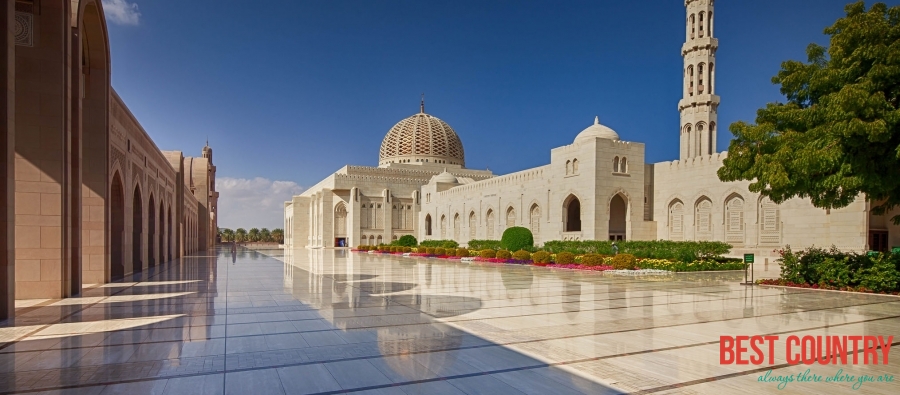Religion in Oman

In terms of religion it is a conservative country, but there is much tolerance between religious groups. Religious groups have to register to organize activities, religious meetings in private homes are illegal.
Missionary activities towards Muslims is technically not forbidden, but there are reports that officials will make trouble for those that do.
Islam
Oman has all four major, original orientations of Islam represented. Ibadism dominates, but culturally and politically. There is some insecurity to statistics, few data are available, and estimates are all extremely approximate.
Ibadis
Oman is the only country in the world where Ibadi Islam is dominant, LookLex' estimates sets their numbers to 71% of the Omani population, but this is a rough estimate, other estimates range between 60% to 75%.
Ibadism dominates in the north and in the mountains, and along the coast from around Sur down to the Dhofar region.
Sunnis
Sunni Islam represents a minority in the country as a whole, but is the majority in two coastal regions; around Sur, and in Dhofar. Sunnis of Dhofar are part of a Sunni belt that continues into Yemen, all the way on to Aden.
Shi'is
Twelver Shi'i Islam form communities on the Batinah coast (northwest of Musqat), and around Musqat. Shi'is are distinct to certain people groups, the Luwatiya, the Bahrainis, which are of Bahraini descent, and the Ajam, a people group believed to originate in Iran (Ajam is also used in Bahrain with a similar meaning, but then as a distinct and clear definition).
Zaydis
No good data is available for Zaydi Islam in Oman, a very rough estimate suggest they count 80,000. Zaydis live in the south of Oman.
Christianity and Hinduism
Hinduism and Christianity are represented through the presence of immigrant workers, principally from countries like India, Pakistan and Western countries.
There are about 90 Christian congregations.